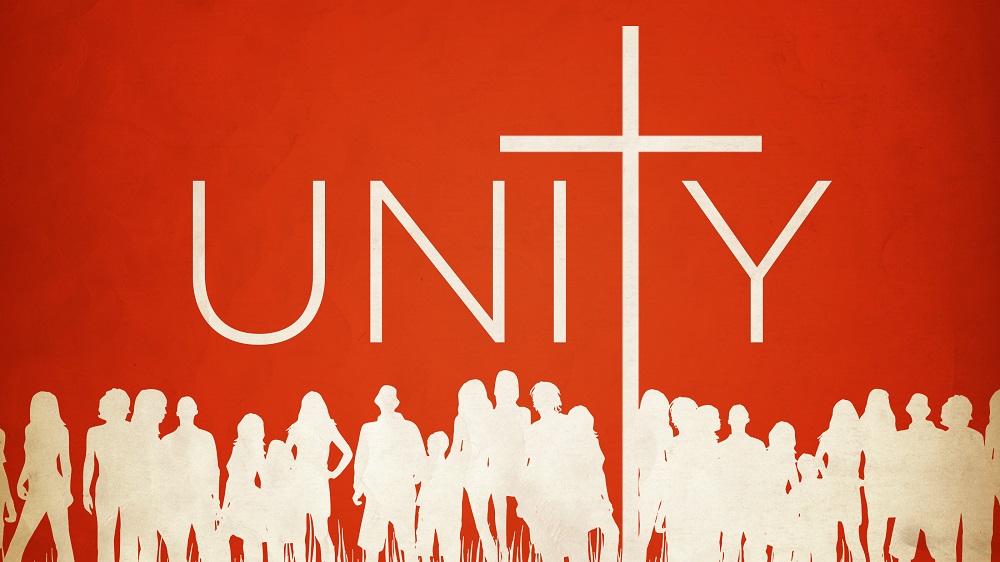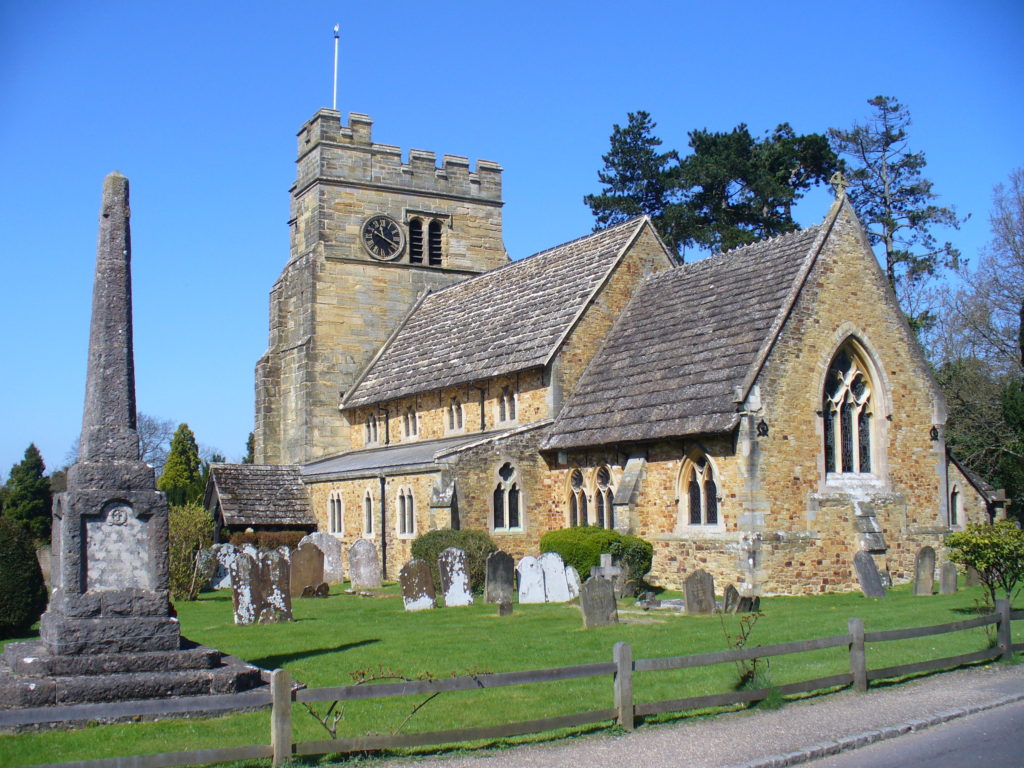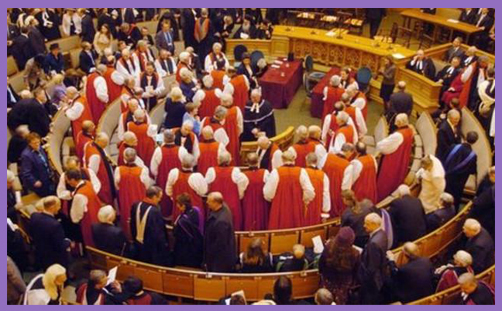
A couple of weeks ago, I was musing on the topic of what the Church would look like if it could outlaw abuse and heal the legacy of past failures. Unbeknown to me, Andrew Graystone was thinking along similar lines and he produced a document entitled ‘An entirely different approach’. What follows here is not so much a commentary on Andrew’s paper as a parallel reflection. There are however some points that Andrew made which I wish to incorporate into my own reflection. He spoke about the need for restoration rather than mediation. Mediation would imply that there are faults on both sides, while the abused person in a church abuse situation is clearly a victim and needs to find healing and reintegration within the body. The main initiative and effort in the process should come from the side that has committed the offence. A further point is that the symbols that might be brought forward in the task of restoration and repentance should be new and able to transcend the tired message of the Church that it can carry on with ‘business as usual’.
These two ideas that I have lifted from Andrew’s piece are at the very heart of the Christian proclamation. The first centres round the idea of healing, restoration and reintegration. The second idea is that whatever is to be done, needs to bring newness into the situation.
Of all the passages in the New Testament, the one that I could preach on at the greatest length are the words from Revelation ‘Behold I make all things new’. These words have always inspired me because newness is a word that sums up into itself hope, change and the endless possibility of fresh beginnings. It also appeals to my dissatisfaction with words. Newness implies that there are always fresh ways of getting a handle on an idea. One can always receive newness as a Christian simply by opening oneself up to what is being offered to us over a lifetime. When a connoisseur buys a painting for a large sum of money, he does not expect merely to glance at it on the day of purchase and then put it away. He buys it with the expectation that the beauty that drew him to it on the day of purchase will go on revealing new facets to him. He never expects to grow tired of it. What is beautiful is endlessly new.
Christianity is a bit like a valuable painting. It shares with the painting an inability to be comprehended or explained easily or quickly. It needs to be gazed at, contemplated and allowed to reveal the constant newness of its inherent beauty. Beauty, as I have said many times before, points to the fact that reality is an inexhaustible source of truth and goodness. It is thus a powerful metaphor for the way that when we enter the courts of worship, holiness and stillness we can find ourselves in the very presence of God himself.
Andrew’s plea for a quality of newness to mark the way that apologies are offered to survivors is also a plea for the Church to draw deeply into its reserves of imagination. Through its traditions, its liturgies and buildings, the Church possesses a multitude of resources through which to articulate and proclaim the drama of restoration that is needed. Two parties have become estranged by the actions of one side. The failure of bishops and other clergy to protect the victims of sexual abuse is a deep wound as well as a tragedy. Even if the current generation of leaders are not directly complicit in the offences, they wear the same robes, they have the same titles as those who are seen to have failed in the tasks of protection of the vulnerable. Just as children have to carry on their backs, for good and for ill, the notoriety of their parents, so the occupants of the highest offices in the Church have in some way to own and take responsibility for the failures of their predecessors. The reputations of certain Bishops of Chester and Lewes in the past is not just a concern of historians. If any holders of high office in the Church from the past are shown to be guilty of an offence, it is right for the current holder of that same office to do public penance for those misdeeds.
In 2019 we are living in a situation of massive corporate guilt which is a wound on the whole Church. A huge effort of reconciliation is the only thing that may help to make things right. With Andrew I call for something brand-new to be offered to the Church and society. We need something far better than the tired apologies written by public relations experts and impression managers. What might be helpful are public rituals at every one of our cathedrals. There would be acts of penitence, lament and reconciliation between victims and abusers. Those actually guilty of such abuse are not the only ones to be drawn into such events. Everyone whose attitude of blindness and avoidance helped to facilitate abuse of the innocent over decades (and that means most of us) needs to be there. In practice it might be confined to those who hold office in the Church. They occupy a post and in many places they and their predecessors lamentably failed in the task of caring for the weak.
There is a further major change that I would like to see happen in the Church as it seeks to put things right with the survivor population. Given the fact that abuse is most often to be identified with dysfunctions of power within the institution, I would like to see the Church begin to study those sections of scripture which speak of reversing and turning upside down these power structures. One place that I find the outlines of such a fresh approach powerfully expressed is in the Beatitudes. As with many of Jesus’ sayings, the emphasis of the passage seems to be about the reversal of our normal ideas of power. Those in the ‘blessed’ categories are among the weak by the world’s standards; in the light of the Kingdom they are rewarded and honoured. Along with other preachers, I have many times preached on this power reversal in the Beatitudes, but the idea of honouring the weak seems to make little progress in the wider Church.
Can we imagine a Church where the values of mercy, gentleness, purity and peace-making are dominant? No, we find it hard because the contrary values of control, power and domination are so strong in the institution we know and try to serve. From time to time the Church does throw up as leaders individuals who are notably and genuinely without any trace of coercion in their manner. They welcome us, make us feel safe and we come to trust them fully. When such people do appear, we often find that they are not honoured by the rest of the Church but perversely are attacked for not being dominant and power-seeking.
Jesus’ words about power which are scattered throughout the gospels are challenging today as they were to his contemporaries. His preference for the weak, the outcasts and the poor is not just some kind of proto-socialism. Somehow, Jesus wanted us to see that no community, no society, can ever be healthy unless it cares for those on the margins. There are many on the margins today, it has to be acknowledged, in many different categories. But the group we are concerned with here, the victims of spiritual and sexual abuse have a special claim on our attention. Their needs need to be met and their wounds bound up. But above all the Church has to realise that it cannot itself be whole when such people are ignored and pushed to the margins.







